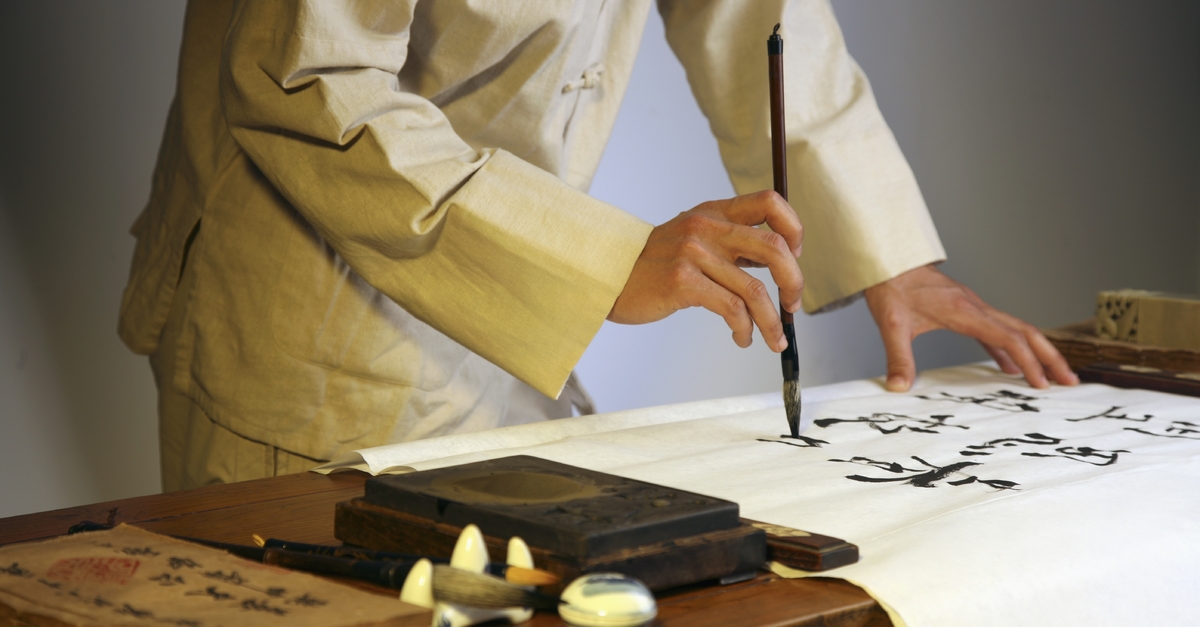
How do Chinese art traditional prac
Chinese art traditional practices, particularly those like paper cutting, are not merely artistic expressions; they are profound reflections of the cultural values, beliefs, and historical narratives of China. This art form, known as “Jianzhi” (剪纸), has evolved over centuries, embodying the essence of Chinese culture while simultaneously adapting to the changing times. This exploration delves into the history, techniques, cultural significance, and contemporary relevance of Chinese art traditional practices, particularly focusing on the intricate world of paper cutting.
Historical Origins of Chinese Paper Cutting
The origins of Chinese art traditional practices can be traced back to ancient times. Chinese paper cutting is believed to have originated shortly after the invention of paper during the Han Dynasty (206 BCE – 220 CE). Initially, the art form was used for practical purposes, such as decorating windows and doors during festivals.
- Early Developments: The earliest examples of paper cutting were often simple shapes and symbols, used to celebrate important events or to ward off evil spirits. As the practice developed, more intricate and detailed designs emerged, reflecting the artistic capabilities of the time.
- Cultural Significance: The use of paper cuttings during significant festivals, especially the Lunar New Year, highlights their cultural importance. The character “Fu” (福), meaning good fortune, is commonly depicted in these cuttings, symbolizing the hope for prosperity and happiness in the coming year. This practice underscores the deep connection between art and cultural rituals in Chinese society.
- Regional Variations: Over the centuries, different regions of China developed their unique styles of paper cutting, influenced by local customs and artistic traditions. For instance, northern styles are often characterized by bold, dramatic designs, while southern styles tend to be more intricate and delicate. This regional diversity adds to the richness of Chinese art traditional practices.
Techniques and Styles of Paper Cutting
The techniques used in Chinese paper cutting are as diverse as the designs themselves. Artisans employ various methods to create intricate patterns that tell stories, convey emotions, and celebrate cultural heritage.
- Cutting Techniques: Traditional paper cutting involves using sharp blades or scissors to cut through layers of paper. The skillful manipulation of the tool allows artists to create detailed designs with precision. Some artists fold the paper before cutting, enabling them to produce symmetrical patterns efficiently.
- Themes and Motifs: Common themes in Chinese paper cutting include animals, flowers, and mythical figures, each carrying symbolic meanings. For example, the dragon represents power and strength, while the phoenix symbolizes beauty and grace. These motifs not only enhance the visual appeal of the artwork but also connect the viewer to the cultural narratives embedded within.
- Integration with Other Art Forms: Chinese paper cutting often intersects with other traditional art forms, such as painting and calligraphy. Artists may incorporate paper cuttings into paintings or use them as decorative elements in calligraphy, creating a harmonious blend of visual and textual art.
Cultural Significance of Chinese Art Traditional Practices
Chinese art traditional practices serve multiple purposes within society, reflecting the values and beliefs that have shaped Chinese culture over millennia.
- Cultural Identity: Paper cutting is a tangible expression of Chinese identity. It connects individuals to their heritage, reminding them of their cultural roots and traditions. The act of creating or displaying paper cuttings fosters a sense of belonging and pride in one’s cultural heritage.
- Symbolism in Everyday Life: The presence of paper cuttings in homes, especially during festivals, signifies the importance of cultural rituals. They are believed to bring good luck and ward off negative influences. This belief underscores the role of art in everyday life, where it serves not just an aesthetic function but also a protective and symbolic one.
- Storytelling and Communication: Paper cuttings often tell stories or convey moral lessons, making them a form of visual storytelling. Through intricate designs, artists can depict scenes from folklore, historical events, or everyday life, preserving cultural narratives for future generations.
- Educational Value: The practice of paper cutting is often taught in schools and workshops, ensuring that traditional art forms are passed down through generations. This educational aspect not only preserves techniques but also instills an appreciation for cultural heritage among younger audiences.
Contemporary Relevance of Chinese Art Traditional Practices
As society evolves, so too do Chinese art traditional practices. The contemporary art scene has witnessed a resurgence of interest in paper cutting, both as a traditional craft and as a medium for modern artistic expression.
- Innovation and Experimentation: Contemporary artists are reinterpreting traditional paper cutting techniques, incorporating modern themes and materials. This innovation allows for a dynamic exploration of identity, culture, and social issues, making the art form relevant in today’s context.
- Global Recognition: The global art community has increasingly recognized the significance of Chinese art traditional practices. International exhibitions and cultural exchanges showcase the beauty and complexity of paper cutting, fostering cross-cultural appreciation and dialogue.
- Sustainable Practices: The growing emphasis on sustainability in the art world has prompted artists to explore eco-friendly materials for paper cutting. By prioritizing sustainability, contemporary artisans honor traditional practices while aligning with modern environmental values.
- Community Engagement: Many artists and organizations are focused on community engagement through workshops and public demonstrations, inviting people to participate in the art of paper cutting. This hands-on approach fosters a deeper connection to the craft and encourages cultural exchange.
The Future of Chinese Art Traditional Practices
Looking ahead, the future of Chinese art traditional practices, including paper cutting, is filled with possibilities. The evolution of technology, societal changes, and artistic innovation will continue to shape this vibrant art form.
- Digital Integration: The integration of digital tools into traditional practices offers exciting new avenues for creativity. Artists are experimenting with digital designs that can be translated into paper cuttings, allowing for greater experimentation and accessibility.
- Cultural Preservation: As globalization continues to influence artistic practices, the preservation of traditional techniques will remain essential. Initiatives aimed at documenting and promoting traditional Chinese art practices will help ensure that these valuable cultural expressions endure for future generations.
- Artistic Collaborations: The future may see increased collaboration between artists from different cultural backgrounds, leading to the fusion of traditional Chinese art with other global art forms. This cross-cultural dialogue will enrich the artistic landscape and promote greater understanding.
- Continued Exploration: As artists push the boundaries of creativity, Chinese art traditional practices will continue to evolve. The interplay between tradition and modernity will yield innovative works that challenge conventions and engage audiences in new ways.
Final Thoughts
Chinese art traditional practices, especially paper cutting, embody the rich cultural heritage and artistic evolution of China. From ancient scrolls to contemporary interpretations, these artworks reflect the values, beliefs, and narratives that have shaped Chinese society. Engaging with these art forms allows us to appreciate the beauty and complexity of human creativity, fostering a deeper understanding of the cultural contexts that inform artistic expression.
As we celebrate the significance of Chinese art traditional practices, we recognize their role in preserving history, inspiring future generations, and connecting people across cultures. The journey through the intricate world of paper cutting and other traditional arts invites us to explore the stories they tell and the emotions they evoke, enriching our appreciation for the vibrant tapestry of human expression.









